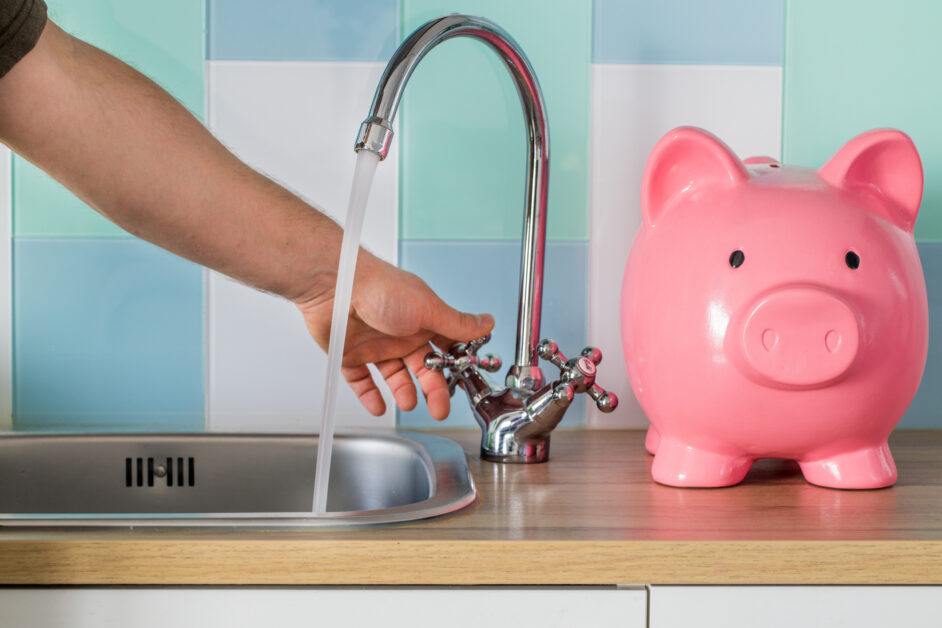It seems like everything is getting more expensive these days. More money goes into everything but our wallets, and that includes our monthly water bill. It may seem crazy that you have to pay for something that constitutes over 70% of the planet, but there are costs that go into making water safe to drink. At the same time, we all want to be eco-friendly as well.
So how can you lower your water bill and still feel like you’re living a responsible life? Consider these five tips to lower your monthly water bill by conserving water, and living a green and environmentally sound lifestyle at the same time.
Bottle Your Water
Don’t buy bottled water; this just leads to waste and more plastic in landfills. Instead, use bottles you have at home already—reduce, reuse and recycle! Fill these bottles with water and keep them in your fridge. This eliminates the need to run the tap long enough for it to get cold. It seems like small savings, but small adds up.
Use the Microwave or Stove
Need to heat up water for your dishes? Try using the microwave or stove to heat it up rather than letting the hot water tap run. Just like bottling your water, this can save you a lot of money in the long run by running the tap for less time. Just be careful not to heat it up too hot—nobody wants to get burned!
Practice Plumbing Maintenance
You could have leaks in your faucet that you don’t even know are there. Every couple of years replace the washers in your faucet and periodically check your plumbing for cracks, leaks or weaknesses that you can shore up. You can also install pipe insulation to help heat up your water faster and protect your pipes in the winter.
Cold Water Washing
When you do your laundry, consider washing your clothes in cold water. It’s largely a myth that you need hot water to clean clothes. Not only will this lower your water bill, as the water doesn’t need to heat, it’ll also save the gas and electricity you use to heat water. As an added benefit, it’ll keep your colors brighter!
Install a Water Filtration System to Lower Your Water Bill
A water filtration system can help to keep your home plumbing clean, can clear impurities from your water, and can help to lower your overall water bill as well. Cleaner, purer water will create less wear on your pipes as well, making your plumbing last longer. Finally, it’s an eco-friendly way to stay healthy and hydrated.
When it comes to pure, environmentally friendly solutions to clean water in the home, EcoWater Systems has been in business since 1925. That’s a long legacy of environmental awareness, energy saving and treating residential water. If you would like to explore options for better water in your home, turn to the company with a legacy of service and responsible green options. Read about the story of EcoWater, and get in touch for more information today.

